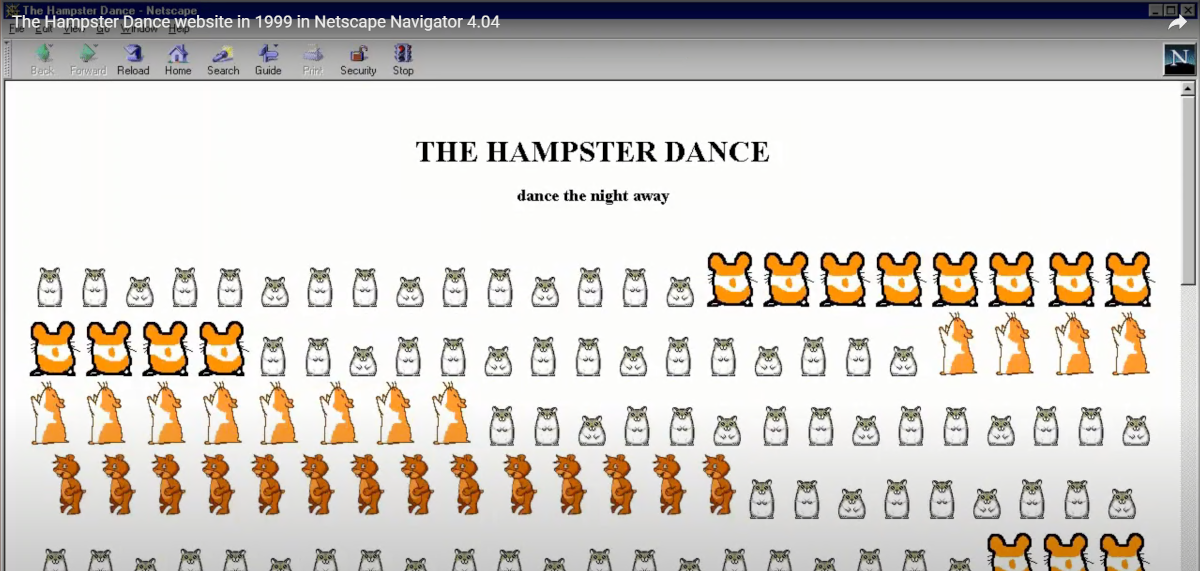I was browsing the latest C# questions on StackOverflow, and came across one that caught my eye. Sadly, it was quickly closed by people who, in my opinion, didn’t read it properly. The question was…
I am trying to write a program to find the factor of a number with minimum difference. For Ex: for 20 it should be 4×5 or vice versa. How can this be achieved for a really BIG number. lets say 989287498274928743928174192847219347123984723498. Please guide
Ignoring the usual SO rules about showing some effort or research, the question is not simply “How do I find the factors of n?”, which is what all the linked answers were about. This question was how to find the two closest factors. Sure you can do that by finding them all, then sorting them by their difference, but for a big number, that’s hugely inefficient. There are ways of solving this specific question much more efficiently, which is what I decided to do.










Leave a Comment